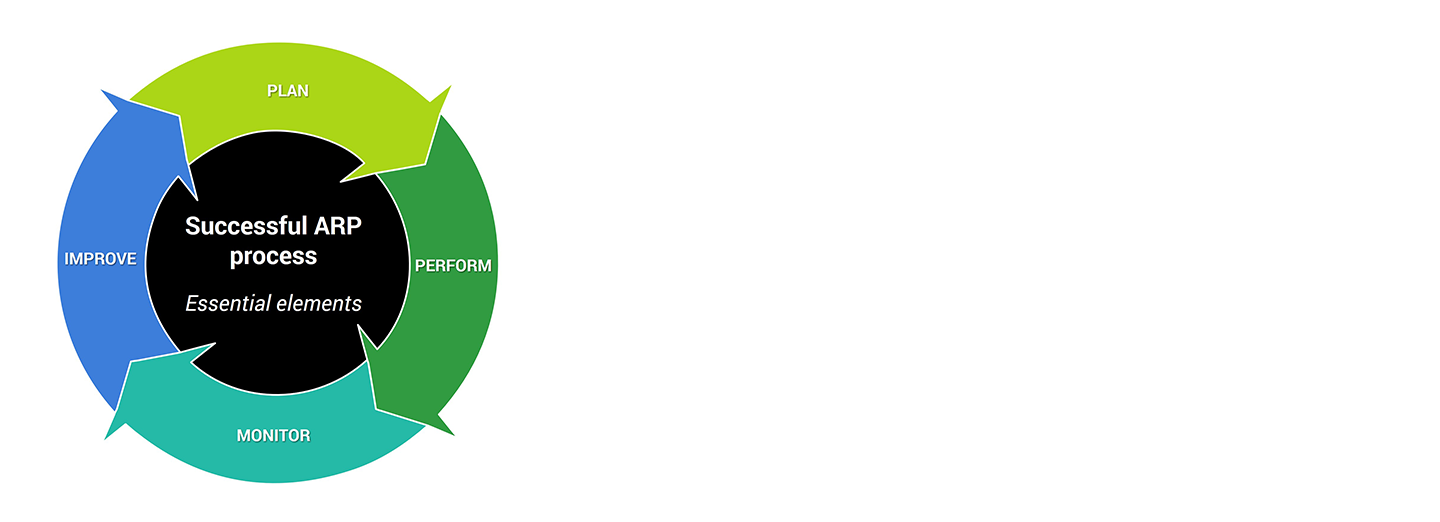
American Rescue Plan resources for public sector
Stay up to date on American Rescue Plan (ARP) news and guidance for state and local governments.

The American Rescue Plan (ARP) Final Rule greatly eased the administrative burden for local governments receiving awards under $10 million. These recipients can now allocate their entire award to “Revenue Loss” and spend the money on “Provision of Government Service” – the most flexible of all the Expenditure Categories and the one with the least reporting requirements.
But what about those receiving awards greater than $10 million? These recipients have a much more challenging road to travel. Determining the use of the award is more difficult when the dollars are greater and the uses are more constrained. Compliance requirements can be daunting – particularly for organizations inexperienced in federal grant administration. To help those with awards over $10 million navigate the funding and implementation process, Baker Tilly has developed its “Essential Elements for a Successful ARP Process”.

The planning phase is where much of the work – and some of the most important work – occurs. Here is where the foundation is laid for everything that comes after. Organizations will want to develop their funding strategy, carefully considering issues such as community engagement and inclusion. Resources will be put in place, including defining the roles of staff and consultants and developing policies, procedures and a communication plan. An often-needed prerequisite is education of the governing body and other major stakeholders on ARP permitted uses and requirements.
Building on the planning phase, those who will be charged with creating and implementing projects to be funded from the award will need education on the ARP, as well as the previously created policies, processes and procedures.
All recipients of ARP funds must follow the Uniform Guidance governing administration of federal grants. This Guidance mandates numerous requirements, including:
Recipients with awards over $10 million must conduct the difficult work of determining and documenting eligibility. There are over 80 Expenditure Categories to consider, with many requiring the collection and reporting of programmatic data. If a proposed use is not enumerated in the Rule, recipients must identify; the pandemic related harm to be addressed, how the expenditure will address the identified harm and why the proposed solution is a proportional solution. An even higher level of documentation is required for capital expenditures over $1 million within the Public Health and Negative Economic Impacts Expenditure Categories necessitating an independent assessment.
Reporting requirements differ by population. A quarterly accounting for each project is required for all municipalities with awards over $10 million. For cities and counties with populations over 250,000, a highly detailed annual performance report is also required.
The monitoring phase is where organizations ensure that their ARP plan stays on track. As implementation of ARP is organized around individual projects, it can be easy to lose sight of the forest for the trees.
The improvement phase is where the loop is closed and opportunities for improvement are identified. Questions to be considered include:
Attention at this phase increases the likelihood of successful implementation, including a worry-free post-award closeout and audit.
Interested in learning the details of the Essential Elements? Our Baker Tilly team is ready to assist you on your journey and help you understand all the requirements to make your ARP implementation process successful.

Stay up to date on American Rescue Plan (ARP) news and guidance for state and local governments.